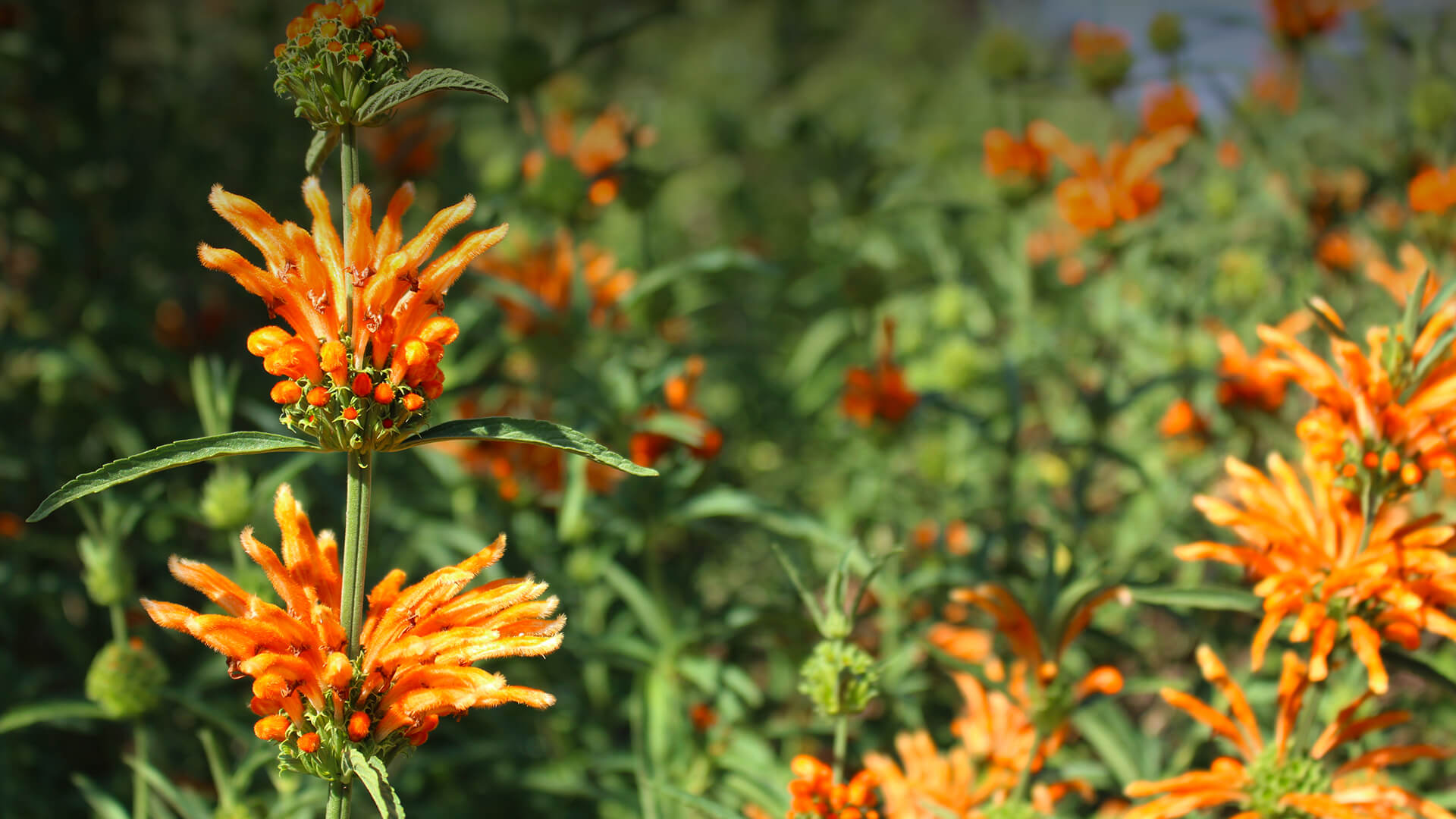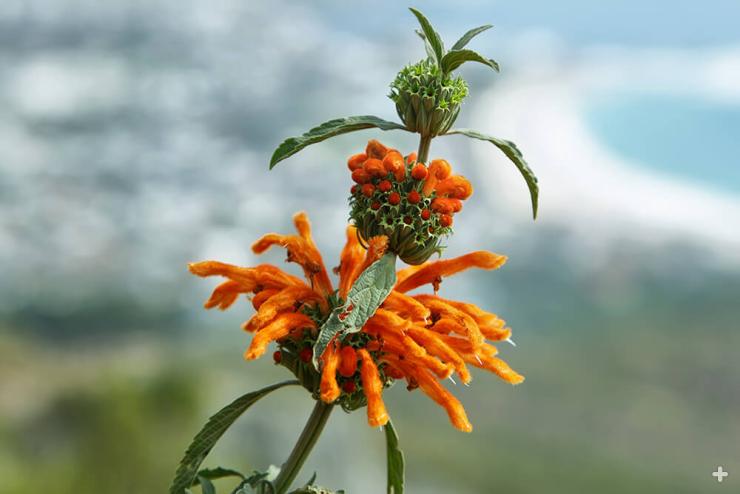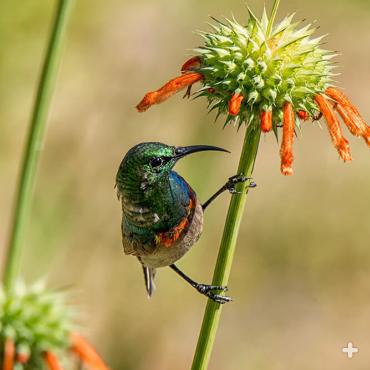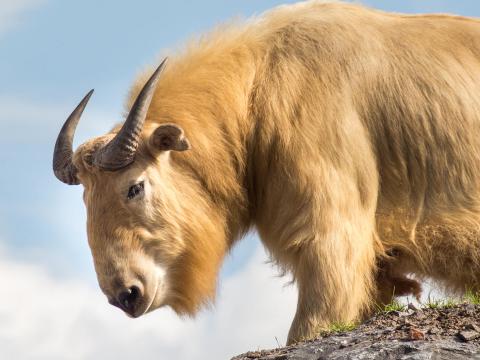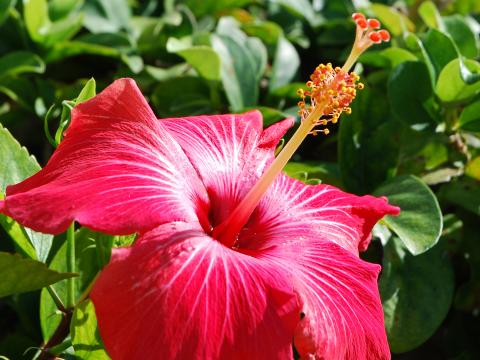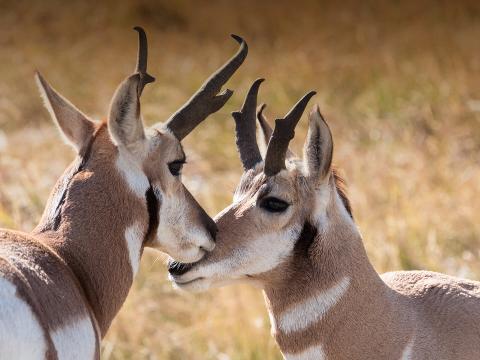Lion’s Tail (Lion’s Ear)
- Division: Tracheophyta
- Class: Magnoliopsida
- Order: Lamiales
- Family: Lamiaceae
- Genus: Leonotis
- Species: leonurus, nepetifolia, and ocymifolia
OVERVIEW
Loads of delightful lion’s tail plants grow wild throughout southern Africa. They look exotic to us, but in their native region, these hardy shrubs are common and widespread. They grow in just about every type of soil—in coastal areas and forest margins, in grasslands and among rocks. These members of the mint family grow quickly. L. leonurus reaches heights of nearly nine feet (three meters) in good conditions; L. nepetifolia and L. ocymifolia are a bit smaller. Where temperatures are mild, lion's tails are perennials. In cold-winter places, they may die back a bit, but sprout new growth come spring.
CHARACTERISTICS

A lion’s tail’s tall, erect stems grow from a branching, woody base. L leonurus bears long (about 4-inch, or 10-centimeter), narrow, dark green, fuzzy leaves that have slightly serrated edges, while L. nepetifolia, and L. ocymifolia have shorter, frillier leaves. But the wow factor comes from a shrub’s profusion of bright orange blooms. Spiky, golf ball-sized flower clusters grow spaced apart on the stems in a tiered fashion. Each individual flower is a slender tube that protrudes from the cluster. Seeds mature in these ball-shaped seed heads until they dry, and eventually the wind shakes them free. If you cut a stem, you’ll find that it is square in cross-section.
CULTIVATION
This native of southern Africa thrives in sunny California, where it is prized as a water-smart, deer-resistant choice for landscaping. Although it does best with regular irrigation, it is quite drought hardy. It grows in full sun, in any clay, loam, or sandy soil that drains well. Compost and a thick layer of mulch are great for this plant. At the end of winter, you can cut it back to about 8 inches (20 centimeters), and give it a deep watering. Long-lasting flowers are in bloom from most of spring through fall.

